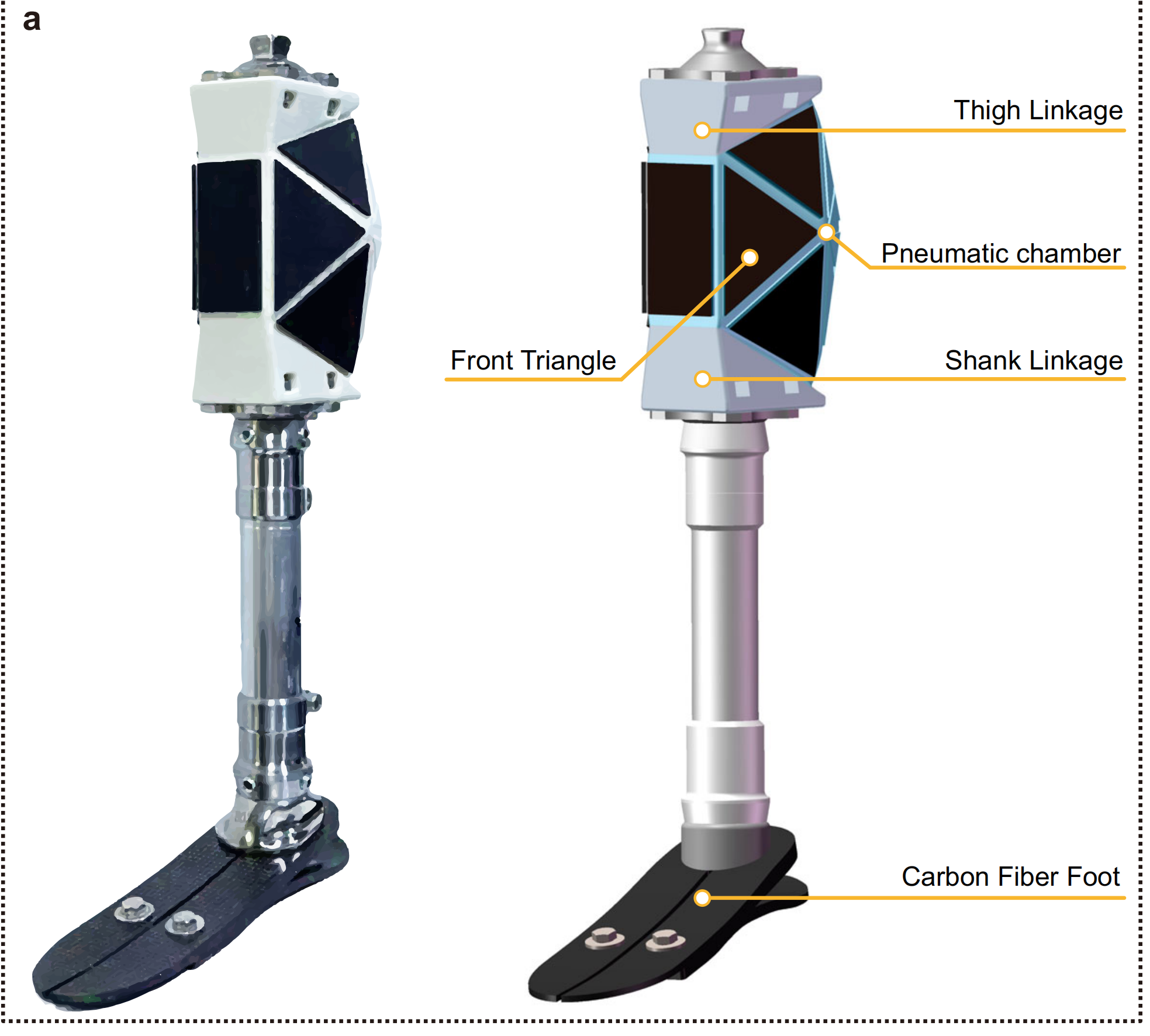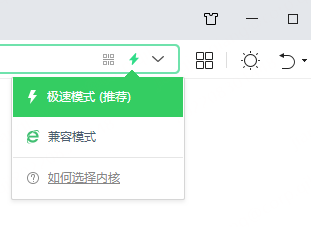Power-short Africa Finds 'Rafiki' in China
The Garissa Solar Power Plant constructed by a Chinese company helps people in Kenya address their power shortages. (PHOTO: XINHUA)
By LI Li
In July, I set foot on the African continent for the first time in my life. Before leaving, my mind was filled with memories of African overseas students experiencing power outages and Internet disconnections during my online or hybrid lectures. Therefore, I purchased a batch of portable solar charging devices before departure, just to be ready for potential emergencies.
This precaution was not without reason. Out of 7.95 billion people in the world, 9 percent (around 685 million) of them lack access to electricity. Among them 570 million live in sub-Saharan Africa. Additionally, 2.1 billion people still rely on polluting fuels for cooking, leading to 3.2 million premature deaths annually.
During my visit to Tanzanian regions such as Dar es Salaam, Morogoro, and Dodoma, I found Dar es Salaam's power supply generally reliable but capital Dodoma occasionally experienced power shortages. Though rapidly improving, basic rural electricity needs had not been fully met yet.
Challenges to Africa's power transition
Tanzania's power system faces two main challenges. Reducing electric wire loss remains a tough mission. From 2008 to 2019, the government allocated about 8.8 billion RMB for rural electrification projects. A large proportion of the money was used to reduce power losses in the distribution and transmission system by replacing traditional meters with smart meters, and constructing 400 kV high-voltage transmission lines.
Consequently, the line loss decreased from 17.47 percent in 2015 to 16.19 percent in 2019, and will be below 12 percent after 2026.
The other challenge is insufficient financing and a lack of green values. About 70 percent of Tanzania's power funding comes from debt financing. The main power provider, Tanzania Electric Supply Company, has been in operational difficulties and significant debt. Tanzania is exploring renewable energy options and includes wind and solar energies in national planning, but seldom takes carbon trading into consideration. By fuel substitution (like from diesel or firewood into biogas, or from single crop into intercropping), the lowered emission could be valued through carbon trading system, which is still rarely explored.
China-Africa power cooperation: pathways to green transition
China has been Africa's rafiki — meaning friend in Swahili — not only in enabling energy coverage, but also in renewable energy transition. Since the Forum on China-Africa Cooperation (FOCAC) was established in 2000, one-third of the new grid-connected renewable energy capacity in sub-Saharan Africa has been built by China.
In 2021, the Declaration on China-Africa Cooperation on Climate Change adopted at the eighth Ministerial Conference of the FOCAC supported 10 green energy projects in solar, hydropower, wind, and biogas, and training for 10,000 African professionals.
China has implemented hundreds of clean energy projects in Africa, many of which have become landmark projects for local development. In South Africa, the De Aar Wind Power Station provides 760 million kWh of stable clean electricity, meeting the power needs of 300,000 households, and reducing greenhouse gas emissions by 619,900 tons annually.
In Tanzania, China has been deeply engaged in the Central Standard Gauge Railway and the Nyerere Hydropower Station. In Kenya, the Garissa Solar Power Plant constructed by a Chinese company helped locals switch from diesel to electric vehicles. Similar stories are heard in Rwanda, Ethiopia, C?te d'Ivoire, Morocco, Egypt, Uganda, and elsewhere in Africa.
Currently, people in Kitete village in Tanzania's Morogoro Region are purchasing solar charging equipment, waiting for the new round of power line installation. They are very optimistic about both electrification and soybean processing for both are now connected with Wachina (meaning China in Swahili) through FOCAC's nine major projects.
LI Li is an associate professor from China Agricultural University. This article is supported by National Social Science Fund of China (No. 23GJB00438): China's Rural Development Experience and Scaling-up Mechanisms under the Perspective of the Global South.







